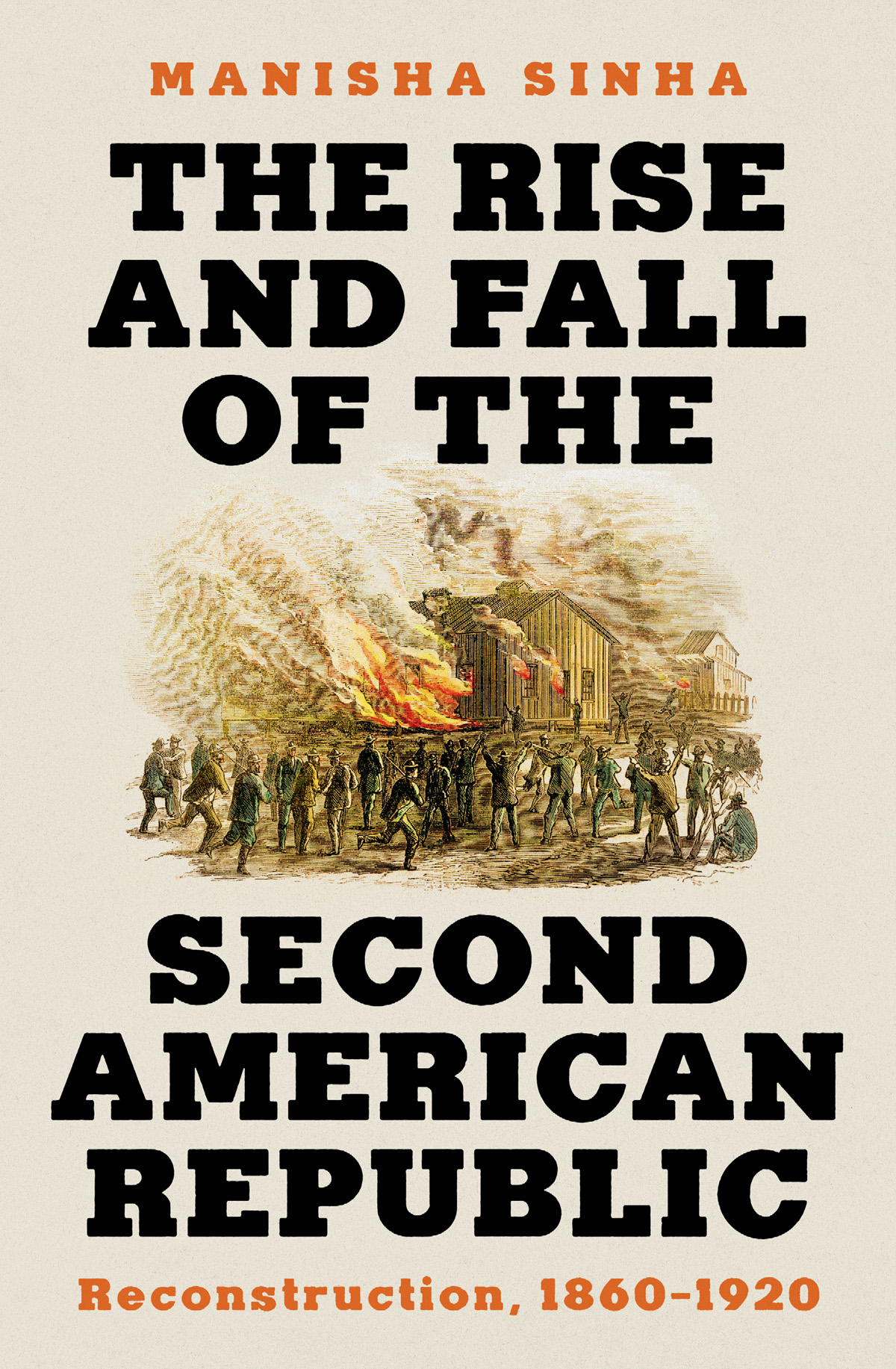

Most ebook files are in PDF format, so you can easily read them using various software such as Foxit Reader or directly on the Google Chrome browser.
Some ebook files are released by publishers in other formats such as .awz, .mobi, .epub, .fb2, etc. You may need to install specific software to read these formats on mobile/PC, such as Calibre.
Please read the tutorial at this link: https://ebookbell.com/faq
We offer FREE conversion to the popular formats you request; however, this may take some time. Therefore, right after payment, please email us, and we will try to provide the service as quickly as possible.
For some exceptional file formats or broken links (if any), please refrain from opening any disputes. Instead, email us first, and we will try to assist within a maximum of 6 hours.
EbookBell Team

5.0
78 reviewsWe are told that the present moment bears a strong resemblance to Reconstruction, the era after the Civil War when the victorious North attempted to create an interracial democracy in the unrepentant South. That effort failed—& that failure serves as a warning today about violent backlash to the mere idea of black equality.
In The Rise & Fall of the Second American Republic, acclaimed historian Manisha Sinha expands our view beyond the accepted temporal & spatial bounds of Reconstruction, which is customarily said to have begun in 1865 with the end of the war, and to have come to a close when the "corrupt bargain" of 1877 put Rutherford B. Hayes in the White House in exchange for the fall of the last southern Reconstruction state governments. Sinha's startlingly original account opens in 1860 with the election of Abraham Lincoln that triggered the secession of the Deep South states, & take us all the way to 1920 & the ratification of the 19th Amendment, which granted women the right to vote—& which Sinha calls the "last Reconstruction amendment."
Within this grand frame, Sinha narrates the rise & fall of what she calls the "Second American Republic." The Reconstruction of the South, a process driven by the alliance between the formerly enslaved at the grassroots & Radical Republicans in Congress, is central to her story, but only part of it. As she demonstrates, the US Army’s conquest of Indigenous nations in the West, labor conflict in the North, Chinese exclusion, women’s suffrage, & the establishment of an overseas American empire were all part of the same struggle between the forces of democracy & those of reaction. The main concern of Reconstruction was the plight of the formerly enslaved, but its fall affected other groups as well: women, workers, immigrants, & Native Americans. From the election of black legislators across the South in the late 1860s to the Great Railroad Strike of 1877...